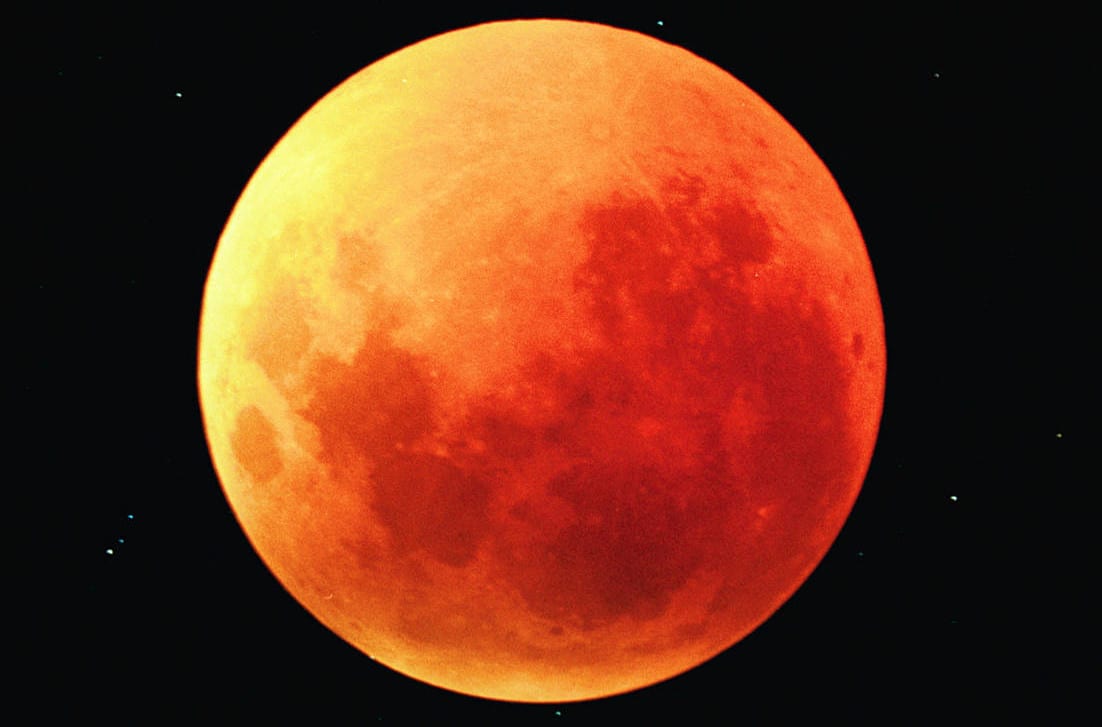
The entire United States will be treated to a total eclipse of the moon on the evening of Sunday, Sept. 27. The St. George Astronomy Group will set up telescopes for free public viewing of the eclipse at Unity Park in Ivins on 400 South, midway between 200 West and 400 West. Parking is available on 400 South and in the parking lot one block to the east. Viewing will begin at moonrise shortly after 7:30 p.m.
The visible phase of the eclipse will start at 7:07 p.m. MDT, when the moon will begin to move into the inner (umbral) part of the earth’s shadow. As seen from St. George, the moon will not appear to rise until at least 7:19 p.m. This rising time is calculated for a perfectly flat horizon. In reality, it will be at least several minutes and likely much longer before the moon rises above hills to the east and actually becomes visible. The time that you will first see the moon will depend upon the height of hills and mountains to your east. For best viewing, find a place with a low eastern horizon, or be prepared to wait until the moon rises from your location.
The eclipse will be total from 8:11 p.m. until 9:23 p.m. with mid-eclipse at 8:47. When totality ends at 9:23, the moon will be 23 degrees high (1/4 of the way up the sky) and a bit south of due east. The eclipse will be partial for the next hour as the moon slowly moves out of the earth’s shadow, and the eclipse will end at 10:27 p.m.
If you’re not able to attend the St. George Astronomy Group viewing in Ivins, merely step outside, face east, and enjoy the free show. Binoculars will enhance the view. While watching the moon, pause to notice the planet Saturn very low in the southwest. Saturn is the sole planet in the evening sky, and it sets at 10 p.m. Saturn is in Scorpius, whose stars stretch to the lower left of the planet. The bright stars of the Summer Triangle—Vega, Deneb, and Altair—are high overhead. Assuming that the moon is above your local horizon, the best time to look is around 9 p.m. when the moon will be deep in the earth’s shadow.



